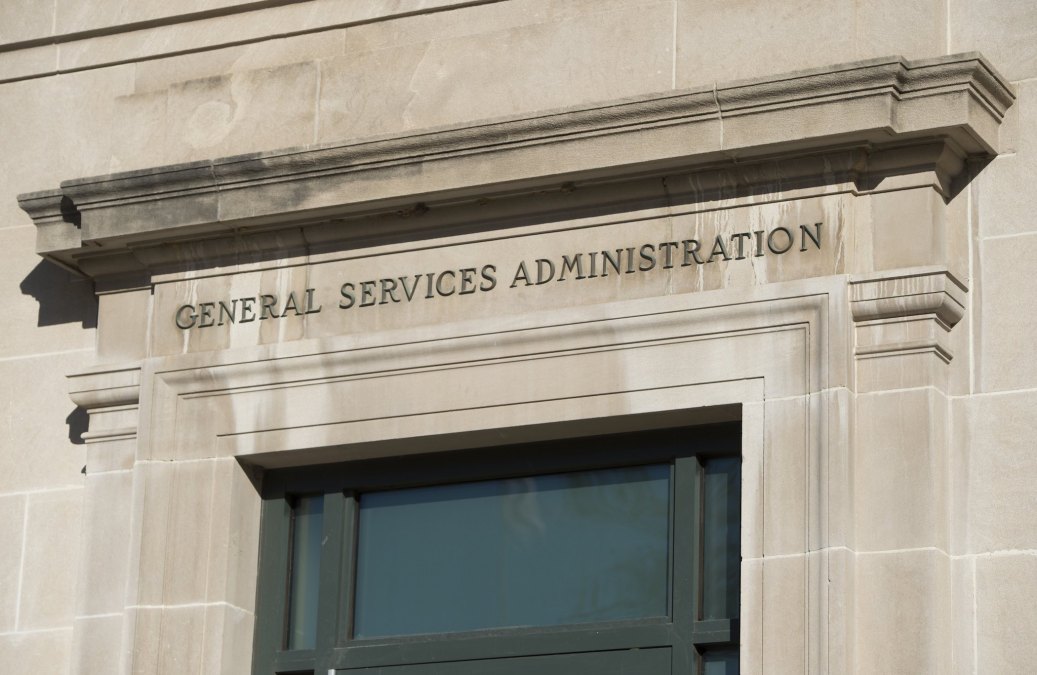Return to work guidance says agencies should consider embracing a distributed workforce

Agencies should consider embracing a distributed workforce where possible, according to new guidance issued on Thursday by the Office of Management and Budget, Office of Personnel Management and the General Services Administration.
In a joint memorandum sent to all major agencies, the three oversight agencies said that such a move should be taken “where possible and appropriate,” and could help to benefit equity, inclusion and the delivery of missions.
“Distributing work nationwide has the potential to advance equity and inclusion in the federal work environment to the benefit of Federal agency missions, allowing agencies to recruit from a larger talent pool reflecting the talents of individuals all across America, and allowing employees to choose to live where it best suits them,” the guidance said.
The intervention comes as agencies including DHS and the Department of Defense look at new ways to attract top technology talent to federal departments, despite an often large pay differential between the public sector and private sector. Federal government jobs have conventionally required staff to be located at the agency’s headquarters or a key operational hub, which compares unfavorably with flexible working policies in industry.
Other key aspects of the memorandum include guidance that some employees who teleworked during the pandemic may prefer to continue working remotely, and that this should be a key factor in how agencies apply their return to work policies.
It states also that federal agencies should increase the use of flexible and alternative work schedules, as compared to before the pandemic. Specifically, the missive advocates the continued use of maxiflex work schedules — work schedules that allow staff to complete their eight-hour work day any time within a 24-hour period — and says that where possible these should continue to be offered.
According to the joint memorandum, the federal government’s official operating status remains at “open with maximum telework flexibilities to all current telework eligible employees, pursuant to direction from agency heads.”
It says also that previously-established pandemic occupancy limits for federal buildings are no longer in effect, although adds that agencies may establish occupancy limits for specific workplaces as a means of ensuring physical distancing between unvaccinated individuals.
Agencies that have taken steps during the pandemic to allow greater workforce autonomy include the Department of Defense. The DOD is just days away from launching its high-security version of Microsoft Office365, dubbed DOD365, which is designed to replace the current telework system.
Space Force has also outlined plans to become the first digital service, and said in a May memo, that it intends its guardians to be “digital nomads”.
Earlier this month, the OMB wrote to agencies across federal government to give them a final deadline of July 19 to finalize plans for bringing staff back to work.
All departments are required to have previously submitted draft return to work policies by June 18, and will then receive feedback on their submissions.
The return of federal agency staff to the office is being led by the Safer Federal Workforce Task Force, which was established Jan. 20, 2021 in one of President Joe Biden’s first executive orders.






